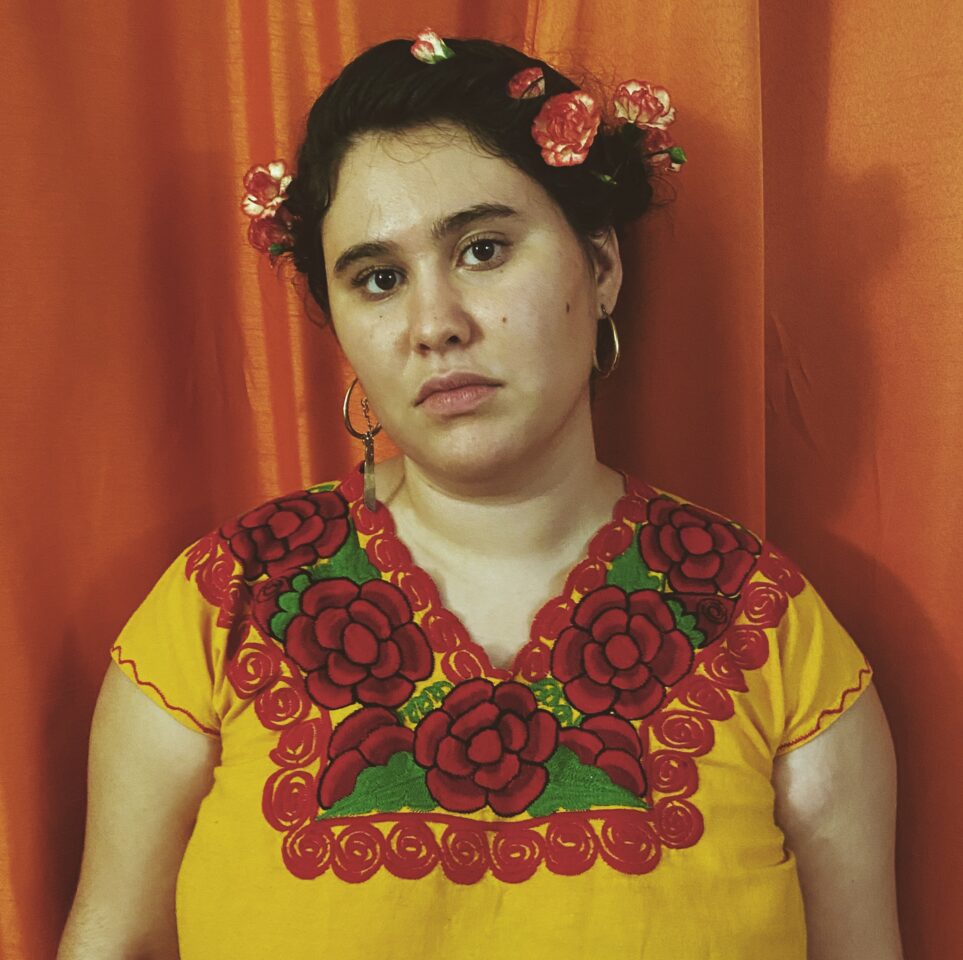
Using ArcGIS StoryMaps, Sean integrates his passions for storytelling and mapping to better illustrate and examine queer stories. In applying queer theory to maps (queer geography), we can examine the binaries in which we’ve considered queers in space, as well as reimagine space itself as queer. Sean strongly believes that queer people need to scrutinize both geography and GIS, and at the same time, GIScientists and geographers need to care for, represent, and map queer communities and issues. As a storyteller who focuses on queer spatial belonging, Sean stumbled his way into the world of queer geography and is now a fierce proponent of the theory. This project studied and documented the contributions queer folx and people of color have made to the history of conservation, geography, GIS, and technology.

In August 2020, he began co-authoring sections of An Inclusive History of Conservation GIS with the Esri Conservation Program. Recent plays include: The Children’s Farm (Custom Made Theatre – SF), Flat Fish (LabTheatre – NYC), Zap (Lounge Theatre – LA), Bonkers for Bonkers (NYC LGBT Center). in Applied Playwriting from the University of Redlands’ Johnston Center for Integrative Studies, he went on to have his stories produced across the country.
#Queer folx how to
They are excited to share ideas on the potent role of gender and sexuality in spirituality as well as how to deconstruct the monolith of Latinidad.Sean Dunnington is an applied playwright who writes stories centered around queer space and place.

Their music unpacks societal injustice, sovereignty with the land, and love. They focus on organizing communities around their identity, including queerness and non-monogamy, spirituality and interfaith dialogue, and child welfare and arts education. Santana Sankofa (pronouns: they/we) is a genderqueer AfroCaribbean artist, educator, and activist born in Los Angeles and based in New York. I am cultivating a reflective, creative, self determinated existence resulting in cultural production for the benefit of Queer/LGBTQ Black Indigenous people of color and/or anyone who identifies with mi vision.

Visual imagery + Paintings included in my performance pieces accompany/contextualize my body. The primary material in my work has been Mi Cuerpo, my body, since it is the vessel through which I experience this life and through which this world perceives me. My multidisciplinary exploration of reality questions ideas surrounding power, intimacy, divinity, and art’s relationship to society. And, they are not limited to being a therapeutic resource they also offer co-membership and co-working opportunities to businesses that and individuals who support.

I am a Brown, MILALMAS/Gender expansive, Colombian born, Miami raised, New York-based creative co-struggling for a Black/Brown Utopia. Their Beauty, Cosmetic, & Personal Care work supports the queer, the trans, the indigenous and people of color, and, very importantly, even the sex worker community in Denver. They seek god in all her forms, and are devoted to the pursuit of divine light and memory. They are a multidisciplinary artist whose work focuses upon the humid dimensions of their homelands, the history of language and its people, and the complexities of ancestry and the land(s) which gave birth to them.
#Queer folx series
This event is the first in our new online series CLGS Queer & Latinx Faith Conversations, which is sponsored by Fe, Familia, Igualdad | The CLGS Latinx Roundtable! Our Speakersįlorinda Cano is a mixed Chicanx of Yucatecan descent. In this ONLINE panel discussion Florinda Cano, Maria Del Pilar ( PILI ) Lopez-Saavedra, and Santana Sankofa explore questions of faith, especially in terms of the way that faith and art contribute to their sense of belonging and wholeness in inclusive faith communities. Join us for a conversation about faith with these young queer Latinx artists!


 0 kommentar(er)
0 kommentar(er)
